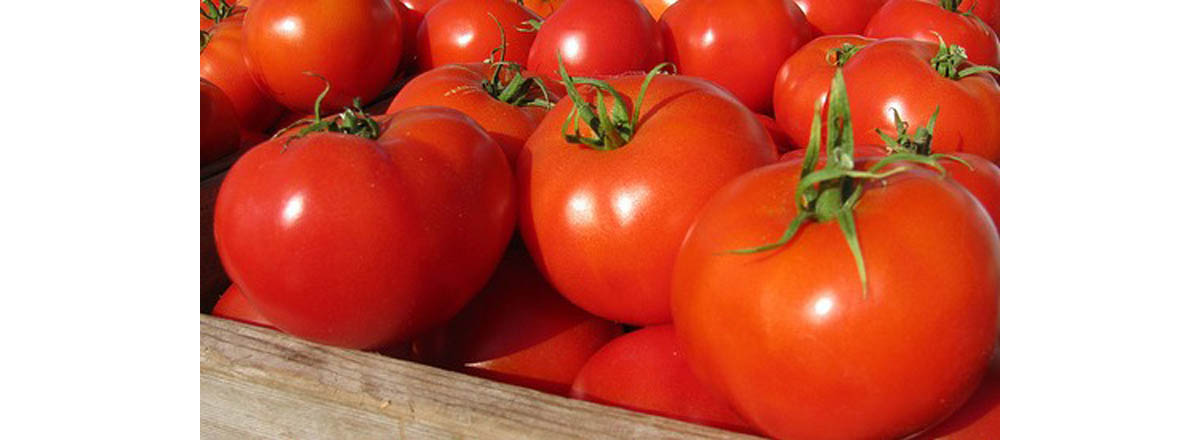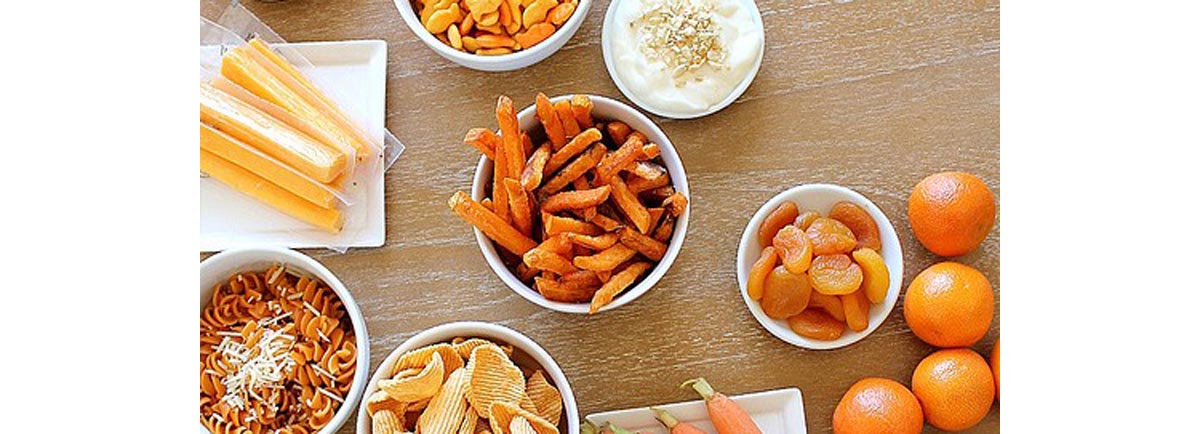Picky eaters ,because of their low variety in healthy foods, usually suffer from nutritional deficiencies. Being a picky eater is something that is most often associated with childhood, especially during the toddler years. The majority of children who are picky eaters early on and only eat a few types of food will go on to develop normal eating habits as they get older.

This is not the case for everyone, though. Some individuals will continue to be picky about the foods they eat well into their adulthood. Adults who are picky eaters generally have several health related issues to deal with as a result of their poor food choices that lack any nutritional value.
What about your social life?
While picky eaters main concern may be their health and nutrition, being a picky eater can be extremely hard on your social life too. Attending parties and receptions can be very difficult for picky eaters, as there may not be any foods available that appeal to them in the slightest, meaning they'll eat nothing. This is especially true for banquets and receptions that have only a fixed menu with a few select items to choose from. Even something like eating at a restaurant with a full menu can be pretty difficult for picky eaters who eat less common foods, or foods that may be frowned upon by other people. If all of the guests at your table are ordering healthy cuts of meat with a side of sautéed vegetables while you order nothing but simply a large plate of French fries, you are very likely to get more than a few odd glances and questioning looks.
Picky eaters may have a long list of health conditions
Many picky eaters also suffer from poor nutrition levels and may even have a long list of other health conditions as a result of this. They are often deficient in the essential vitamins and minerals to keep your body running properly, and may have one or maybe even more diseases and/or health conditions that result from their improper nutrition. Most adults who are picky eaters are well aware of the dangers of not eating the foods that are rewired for a healthy diet, however, their aversion to certain foods and tastes can make it extremely difficult to incorporate those healthier foods into their diets.
How to incorporate healthier foods into the diet habits of a picky eater
Picky eaters who would like to make an attempt to incorporate some healthier foods into their lives and diets should start by dong an overall analysis of all the foods and their nutritional levels that they are currently eating. First, make a list of the foods that you eat on a daily basis for one week. Starting your own food journal is a good way to keep track of everything that you consume in a day. After a full week of logging everything that you consume every day, take an in-depth look at the foods that are included in your list. How do you do this? Create 2 separate columns for healthy and unhealthy foods, and place all of the foods that you have eaten into the appropriate category. This will give you a clear visual of what your eating habits are, and will help you realize the steps you need to take to make dietary changes.
Although it may seem obvious to eliminate the unhealthy foods first, a more practical approach is to focus on the healthy foods you are eating and try to incorporate more of those into your diet each day. Start by replacing one unhealthy snack or meal with one of the ones form the healthy category. Focus on fruits and vegetables first, and increase your servings of each daily. Experiment with different ways to prepare the healthy foods you enjoy, and focus on incorporating more of them into your diet. As you increase your servings of healthy foods, you are also dropping your servings of unhealthy foods as well.
Healthy Foods To Incorporate Into Your Diet
In addition to fruits and vegetables, there are a variety of other foods that are full of healthy nutrients that you can incorporate into your diet. Being a picky eater does not mean that you can’t eat nutritious foods, it simply means that you may have to be more creative in how you incorporate those foods into your diet.

High-fiber Foods
Foods that are high in fiber are good for your heart and are generally low in calories. Many high-fiber vegetables, such as carrots, zucchini and green peppers, can be added to soups, stews, sauces and casseroles without altering the flavor much, if at all. To disguise the flavor, try pureeing the cooked vegetables in a blender before adding them to the sauce or soup.
These vegetables can also be shredded and added to sandwiches, wraps and salads in small amounts. You likely will not even notice that they are there. As you get used to having them as an ingredient, you can gradually increase the amount that you add. High-fiber breads, muffins, pastas and cereals can often replace your current choices without altering the taste too much.
Almonds
Almonds are a very healthy food choice that can easily be incorporated into your diet even if you don’t like snacking on nuts. Almonds are high in omegs-3 fatty acids and healthy monounsaturated fats, which are essential for good nutrition. Almonds are very versatile and can be added to other dishes in small amounts. Chopped almonds can be added to salads or sprinkled on top of cereal or yogurt. Almond butter can replace peanut butter for sandwiches and snacks. Almond milk is a healthy alternative to dairy and other milks. They can be chopped and added to baked good before cooking.
Berries
Berries are an excellent source of fiber and they contain very high levels of antioxidants. They can be eaten whole by the handful or added to yogurt, cereal and salads. All berries have health improving qualities, especially blueberries, raspberries and cranberries. Dried berries are a good alternative to whole berries for picky eaters who do not like the texture of whole fruits. Berries can easily be thrown into the blender along with some milk or yogurt and other fruits to create a delicious yet healthy smoothie. They can also be pureed in the blender and used as an ingredient in baked goods such as muffins, pastries and breads.
Brown Rice
Brown rice is a much healthier alternative to the traditional white rice that is used in so many recipes. Picky eaters may have a difficult time switching to brown rice because of the noticeable change in taste and texture. To make the transition easier, try adding some of your favorite vegetables in addition to healthy spices and flavorings to create a tasty brown rice dish that you can enjoy. You can even enjoy brown rice in dessert form by making traditional rice pudding and simply substituting the brown rice for the white rice.
Chocolate
If chocolate is on your list of favorite foods, you may be excited to know that as long as it is dark chocolate, you can go ahead and continue to consume it. If the dark chocolate contains a high cocoa content, at least 70 percent, it is high in antioxidants that are good for your heart, blood pressure and overall health. Adding chocolate to recipes is an effective way to add flavor to foods that you might not normally consume. If you don’t like oatmeal but want to incorporate it into your diet because of its health benefits, try adding some shaved dark chocolate to your oats during cooking. Chocolate shavings can also be sprinkled on yogurt or added to baked goods.
- Photo courtesy of tjstaab on Flickr: www.flickr.com/photos/tjstaab/6190376599
- Photo courtesy of roswellsgirl on Flickr: www.flickr.com/photos/roswellsgirl/6087193494


Your thoughts on this